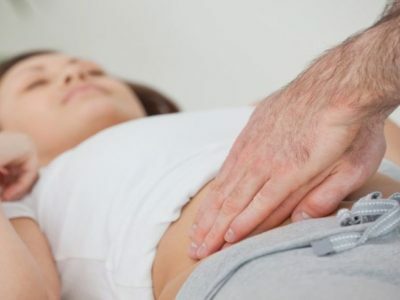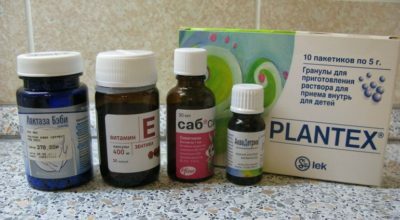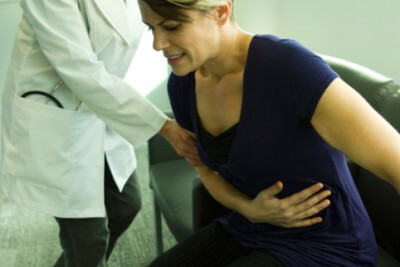1 The development of the disease
Prolaps is the loss of a part of the stomach into the chest cavity. In the lower part of the esophagus there is a hole that opens only when moving food, and then closes. Prolapse is characterized by throwing acidic contents back into the esophagus. Over time, this leads to gastroesophageal reflux disease. Distinguish the following types of prolapse:
Do you have gastritis?
GALINA SAVINA: "How easy is it to cure gastritis at home for 1 month. A proven method - write down a recipe. ..!"Read more & gt; & gt;
- sliding;
- para-esophageal;
- mixed.
In the first case, the bottom of the stomach, its cardiac compartment and abdominal part of the esophagus freely pass through the esophagus. They can return to their original position. This form of hernia is diagnosed most often. With paraeosophageal prolapse, only a part of the stomach is displaced. It is located next to the thoracic part of the esophagus.
Sometimes a congenital form of a hernia is detected. This is due to the shortening of the esophagus. The prolapse of the stomach in the esophagus is more common in the elderly. With age, the incidence rate increases. Each second patient does not show prolapse. It is found by chance during instrumental research.
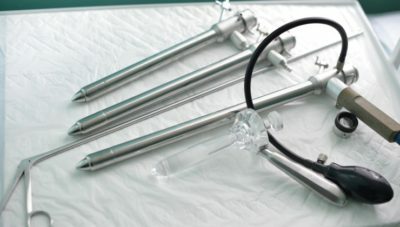
Recommended to read
- Antrum of the stomach
- Symptoms of diseases of the esophagus
- Symptoms of GERD
- Effective remedy for gastritis and stomach ulcer
2 Why does the displacement occur?
Gastroesophageal prolapse is due to several causes. The following etiological factors stand out:
- decrease in elasticity of ligaments as the body ages;
- period of bearing of the kid;
- presence of ascites;
- physical untrained;
- obesity;
- connective tissue diseases( Marfan syndrome, diverticulosis);
- chronic constipation;
- abdominal trauma;
- is a strong flatulence.
Sometimes prolapse occurs against a background of a strong increase in pressure in the abdominal cavity. Promotes this strong cough against pneumonia, tuberculosis or bronchitis. Hernia often develops against a background of hypermotor form of dyskinesia of the gallbladder, ulcers, gastroduodenitis, pancreatitis. The formation of a hernia is possible against the background of esophagitis, when there is scar scarring of the esophagus.
This is often the case with chemical and thermal burns. This pathology often occurs during a re-pregnancy. The prevalence of prolapse in such women reaches 18%.The prolapse of the gastric mucosa often accompanies the abdominal hernia. The prolapse of the gastric mucosa is more characteristic of asthenic physique.
-
 IMPORTANT TO KNOW! Gastritis? Ulcer? To have a stomach ulcer not turned into cancer, drink a glass. ..Read the article & gt; & gt;
IMPORTANT TO KNOW! Gastritis? Ulcer? To have a stomach ulcer not turned into cancer, drink a glass. ..Read the article & gt; & gt;

3 Complaints of patients with
disease Gastroesophageal prolapse does not always occur with severe symptoms. It can leak secretly. The most common symptoms of the disease are as follows:
- cramping pain in the epigastric region;
- chest pain;
- tachycardia;
- extrasystole;
- belching;
- nausea;
- vomiting;
- heartburn;
- violation of the swallowing process.
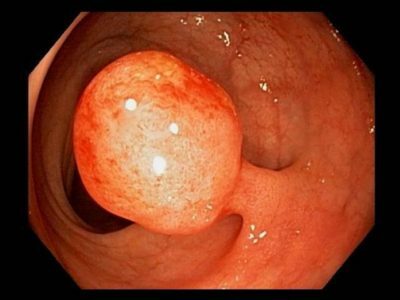
The clinical picture is caused by the admission of acid or air into the cavity of the esophagus. Most often, patients complain of pain when they see a doctor. It has the following features:
- is felt in the epigastric region and behind the sternum;
- radiates into the zone between the shoulder blades and back;
- is sometimes shingles;
- appears after eating, exercising and coughing;
- occurs in the position of a person lying down;
- subsides after eructation, vomiting and changes in the posture;
- amplifies when the body is tilted forward.
Severe pain behind the sternum can be mistaken for an attack of angina pectoris. In some cases, the disease manifests itself as a violation of the heart rhythm. In this situation, it is necessary to consult a cardiologist and conduct electrocardiography. When the reflux disease develops against the background of prolapse, there is an acid or bitter eructation, a sensation of acid or bitterness in the mouth, regurgitation of food.
-
 Gastroenterologist. VAZHENOV: "I beg you, if you began to worry about abdominal pain, heartburn, nausea, do not do gas in any way. .."Read more & gt; & gt;
Gastroenterologist. VAZHENOV: "I beg you, if you began to worry about abdominal pain, heartburn, nausea, do not do gas in any way. .."Read more & gt; & gt;
The appearance of burping is due to ingestion of gastric juice into the esophagus. Sometimes the eructation is airy. The greatest danger to the patient is the infringement of the hernial sac. It manifests as vomiting with an admixture of blood, severe pain, shortness of breath, blueness of the skin and a drop in blood pressure. Other manifestations of gastric prolapse include hiccough, dysphagia, anemia. Often the mucosa of the esophagus becomes inflamed and esophagitis develops.
4 Methods of examination and treatment of
If suspicion of gastric prolapse in the esophagus, the following studies are required:
- endoscopy( EGD);
- ultrasound of the abdominal cavity;
- biopsy;
- X-ray examination of the esophagus;
- determination of gastric acidity;
- impedance measurement;
- ECG.
Therapeutic tactics are determined by the severity of the symptoms. If the disease is detected by accident and the person does not care, then medication is not required. Recommendations are given on nutrition optimization and lifestyle changes. When expressed symptoms of prolapse, drug therapy is performed. To reduce the irritating effect of stomach contents on the esophagus, the following medicines are used:
- antacids( Maalox, Gaviscon, Fosfalugel, Rennie);
- antisecretory drugs( Omeprazole, Pariet, Pantoprazole, Nexium);
- prokinetics( Motilac, Domperidone, Trimedate).
TIP FROM THE MAIN GASTROENTEROLOGIST
Korotov SV: "I can recommend only one remedy for the rapid treatment of Ulcer and Gastritis, which is now recommended by the Ministry of Health. .." Read testimonials & gt; & gt;
Therapeutic measures suggest weight loss( for obesity), adherence to diet, restriction of physical labor. It is important not to allow increased pressure in the abdominal cavity. For this, you need to normalize the stool. Do not overeat, eat at night and go to bed after eating.
If drug therapy is unsuccessful or if complications exist, radical treatment is required.
Sewing of the hernial gates, strengthening of the ligamentous apparatus, plastic of the esophagus, fundoplication. Sometimes the esophagus is resected. Thus, the prolapse of the gastric mucosa is a very frequent pathology in the elderly.
- 1 Development of the disease
- 2 Why does the displacement occur?
- 3 Complaints of patients with
- 4 disease Methods of examination and treatment
In gastroenterology, a pathological condition such as prolapse of the gastric mucosa in the esophagus often occurs. Otherwise, this pathology is called the hernia of the esophageal opening of the diaphragm. Normally, the stomach is located below the diaphragm. It separates the thoracic cavity from the abdominal cavity. Prolapse can cause the development of reflux disease and esophagitis.

